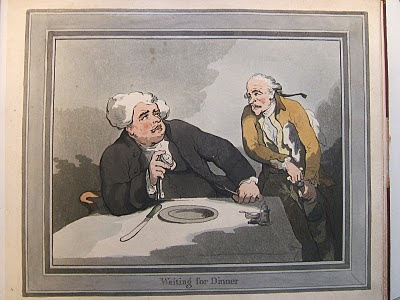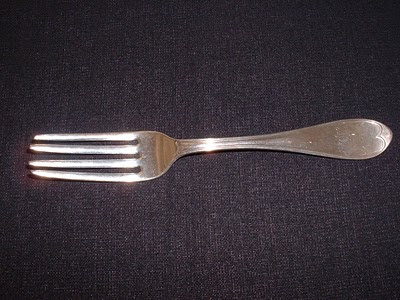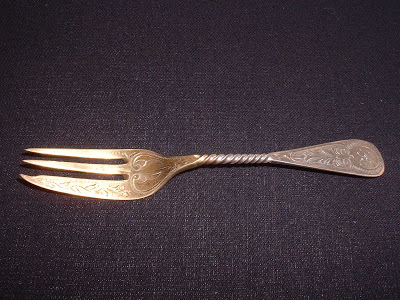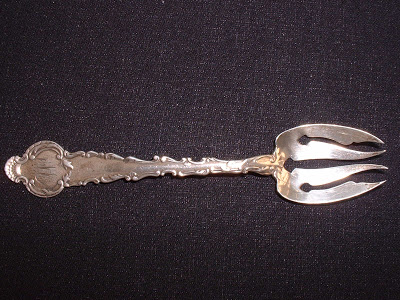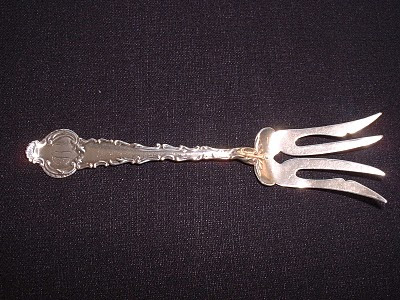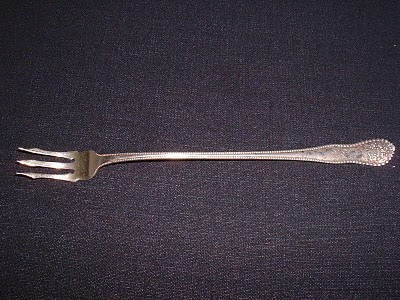Several of the “today in history” websites list an interesting tidbit for June 25: “Fork introduced to American dining by Governor Winthrop” in 1630. As someone fascinated by culinary history, this caught my interest. Sadly, none of the sites gave citations, except to other websites , so I started digging.
The June 25, 1630 date initially seemed a bit surprising because Winthrop’s ship, the Arbella, landed in Salem on June 12, and I can’t imagine how he would have gotten a new fork two weeks later. However over lunch my colleagues pointed out that June 12 in the Julian calendar, which Winthrop would have used, works out to June 25 in the modern Gregorian calendar, so that mystery was cleared up.
A bit more searching on the subject of Winthrop and forks led to a plethora of references in old histories dating from the late nineteenth and early twentieth centuries. Some stated that he brought a fork over with him in 1630, while others, such as Alice Morse Earle’s “Customs and Fashions in Old New England”claim that the fork did not arrive until 1633, citing a letter from E. Howes to Winthrop, saying that the Howes had sent to him a ” case containing an Irish skeayne or knife, a bodekyn & a forke for the useful applycation of which I leave to your discretion.” One piece of evidence that does seem pretty solid is that there was a fork in Winthrop’s inventory when he died in 1649, so he was certainly among the first fork users in the U.S., even if the exact date seems a bit sketchy.
Regardless of its exact date, Winthrop’s fork would have been a two tined affair, used to hold down food to be cut; bringing the food to the mouth was a job for the knife. An example of this kind of fork can be seen in this much-later print, done by British artist Thomas Rowlandson in 1790.
Modern four-tined forks for bringing food to the mouth were not common in the U.S. until the nineteenth century; here’s a pretty typical example from a mid-nineteenth century set that belonged to Morris and Isabella Rosenbach.
The nineteenth century witnessed an explosion in forkage, as lower metal costs and more complicated etiquette led to a proliferation of specialized serving and eating forks for all different types of food. For example
Who knows what Winthrop would have thought?

